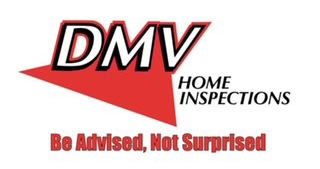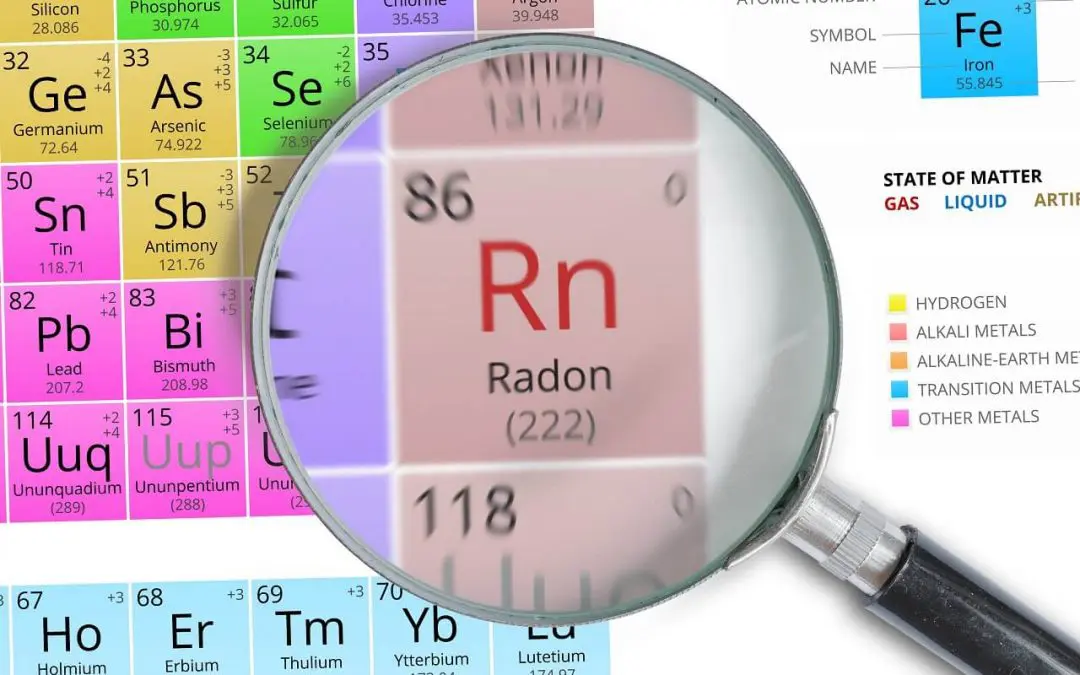Radon is a gas that forms when radium, uranium, and other radioactive elements break down in soil and groundwater. It enters the home through small cracks and open spaces around pipes. As a radioactive material, prolonged exposure can result in serious health issues. Breathing in radon gas causes damage to the cells in the lungs, significantly increasing the chances of developing lung cancer. Protect yourself and your loved ones with these tips to reduce the dangers of radon in your home.
Ventilate to Reduce the Dangers of Radon in the Home
There is no safe level for radon exposure. However, the average home has a radon concentration level of 1.3 pCi/L, which most experts agree does not pose a significant risk for residents. If concentration levels reach 2 to 4 pCi/l, experts recommend radon mitigation to keep your family safe.
Proper ventilation and fresh air provide an effective short-term solution to dangerously high radon levels in your home. With an average level of 0.135 to 0.405 pCi/L, the air outside the house contains substantially less radon than inside. Since radon seeps into your home through small cracks in the foundation and crawlspace, indoor radon levels continue to rise in a tightly sealed home with poor ventilation.
Lower Radon at the Source
While radon enters your home as a radioactive gas found in soil, you are not powerless to reduce the dangers of radon in the house. The foundation and joints between the foundation and basement or exterior walls are the most common entry points for radon in your home, and some cracks might be so small they are difficult to see.
Enlisting the services of an experienced and qualified radon mitigation contractor will give you peace of mind that your family is safe and radon levels remain low.
No Smoking Indoors to Reduce the Dangers of Radon
Radon in your home significantly increases the risk of developing lung cancer, and cigarette smoke increases these already high risks by a ten-fold margin. According to recent data released by the National Institutes of Health, more than 85% of radon-related lung cancer deaths are among smokers.
When tobacco leaves are dried and smoked, the toxins and radioactive particles found in the more than 70 known carcinogens in the cigarette become airborne. Tobacco products harm smokers’ lungs and nasal passages and those breathing in secondhand smoke, making them more vulnerable to illness.
Radon exposure can seriously impair human health. Knowing the radon levels in your home is the first step in ensuring your safety from this invisible threat.
DMV Home Inspections offers inspection services in the Washington DC metro area, including radon testing. Contact us to request an appointment if you’re buying or selling a home.

